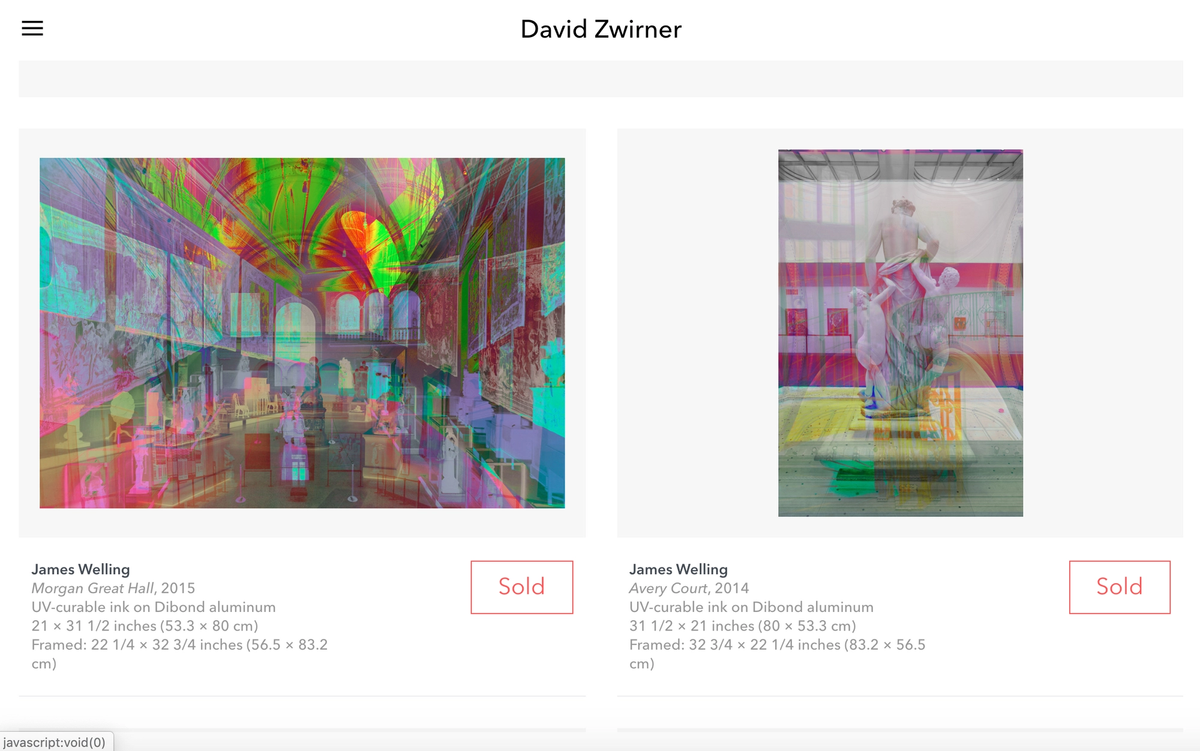The line between improvisation and innovation is often thin. And while the coronavirus (Covid-19) pandemic continues to cancel and postpone almost every commercial event in the art world calendar, it is also providing the impetus for fairs, galleries and artists to fully embrace the online realm.
As the global elite log in for the VIP opening of Art Basel in Hong Kong’s online viewing rooms donning La Perla rather than Louboutins, we look at how the outbreak of a deadly virus is marking a turning point for the art market and its approach to all things digital. From live-streamed gallery tours to Instagram fundraising projects, it seems that the future is full of exciting cyber-ventures. As the saying goes, when God closes a gallery door he opens a browser window.

Victoria Sin, If I had the words to tell you we wouldn’t be here now, (2019) Courtesy Chi-Wen Gallery, Taipei.
Will online viewing rooms change the face of the art fair?
Although Art Basel’s online viewing rooms have been in development for some time, its debut was fast-tracked in response to the Hong Kong fair's cancellation. Following two VIP days, the digital platform will be accessible to the public from 20-25 March, through which 234 galleries (95% of the fair’s original roster) will show a combined 2,100 works, valued at a total of $270m.
While online viewing rooms traditionally feature lower price points, a number of galleries will be showing big ticket works, 70 of which are priced at over (or within range of) $1m. In a decision that suggests a move online might herald increasing market transparency, each participating gallery was told by Art Basel's organisers that prices (or at least ranges) must be shown for each work. However, Art Basel's global director Marc Spiegler says that, as with any regular fair, a “certain degree of pre-selling takes place as usual”.
Besides the immediate draw of allowing you to do your job dressed in pyjamas, Spiegler also notes the added flexibility offered in the digital realm, such as the ability to replace works in your “booth” or even do a complete "rehang", should you sell out quickly.
Spiegler is yet to reveal the fate of Art Basel in Switzerland, still planned for June, but says he has high hopes for this new digital venture, despite the global tumult. "It's a weird set of conditions, there's a lot more people at home in front of their computers, but also a lot of people who are facing economic uncertainty.”
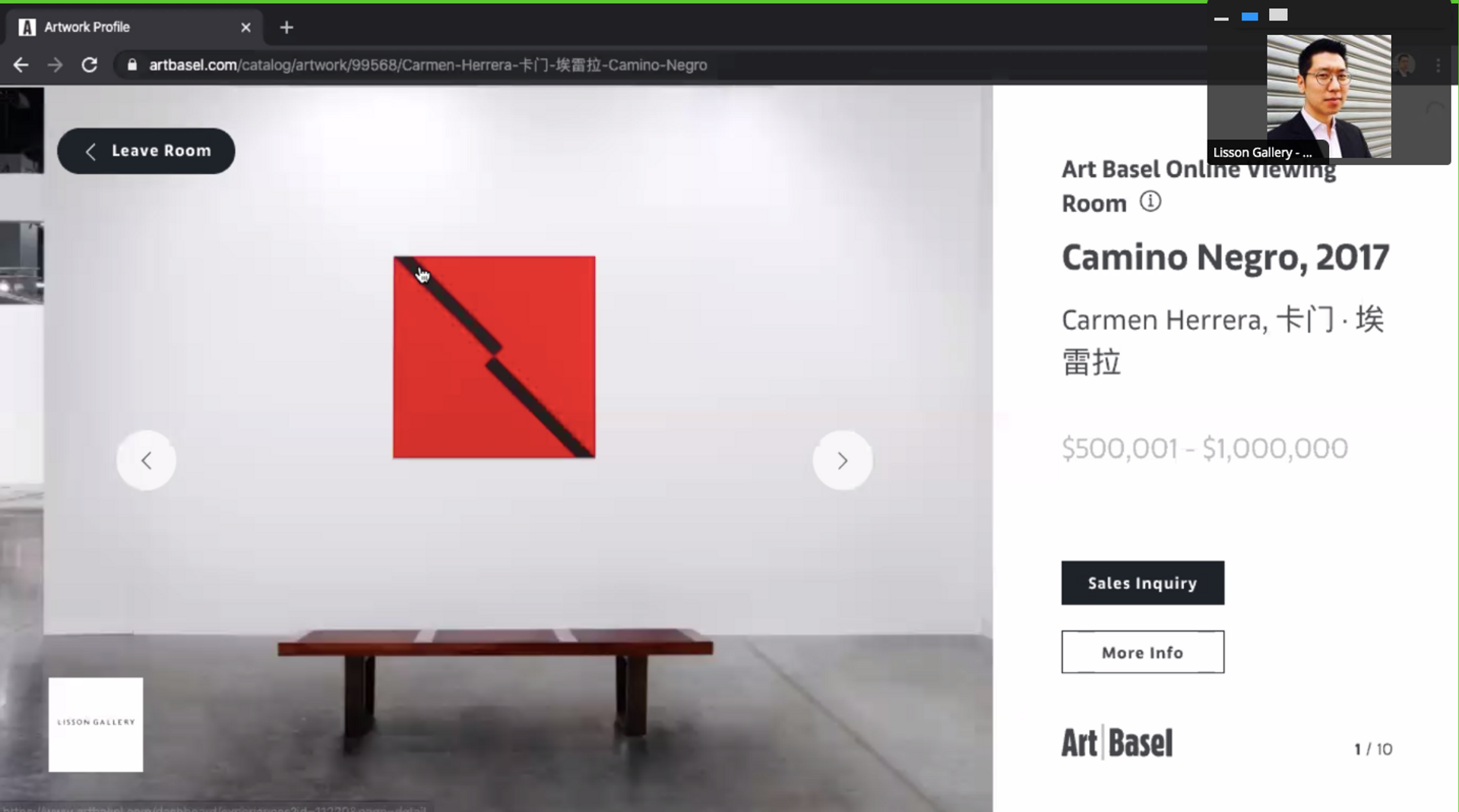
A screenshot of Lisson Gallery's virtual walkthrough of their Art Basel in Hong Kong booth © The Art Newspaper/Anny Shaw
Running concurrently to its Art Basel viewing room, Lisson Shanghai is collaborating with five other East Asian galleries: Antenna Space (Shanghai), Boers-Li Gallery (Beijing), STPI (Singapore), Tina Keng Gallery (Taipei) and TKG+ (Taipei) to host a “virtual walk-through”, during which each gallery will give a ten-minute presentation on their works. Acting as a "regional hub”, this initiative will "provide the community spirit that both Art Basel in Hong Kong, and Hong Kong itself, usually offer".
"This will mark a turning point in the way we think of traditional art market models," says David Tung, the director of Lisson Shanghai. “With this technology, we can do a tour of up to 500 people at one time (theoretically this could be limitless) and work with galleries across four cities. Normally, you might be able to do that amount over the course of a week."

The Malaysian painter Ben Chong is one of the many artists participating in Art Power Hong Kong
Hong Kong's local galleries collaborate online
Also launching today, Art Power Hong Kong will serve as a digital run up to the city’s “art month”, which has been postponed until May. Although branded as a “non-commercial” event, the collaborative online venture has been organised by a number of key market players including Katie de Tilly, the director of 10 Chancery Lane Gallery, and Elaine Kwok and Georgina Hilton from Christie’s Asia. The platform, which is being hosted by the non-profit Asia Society Hong Kong Center, will include a weekly online talks programme, alongside artist interviews, live-streamed gallery tours and studio visits.
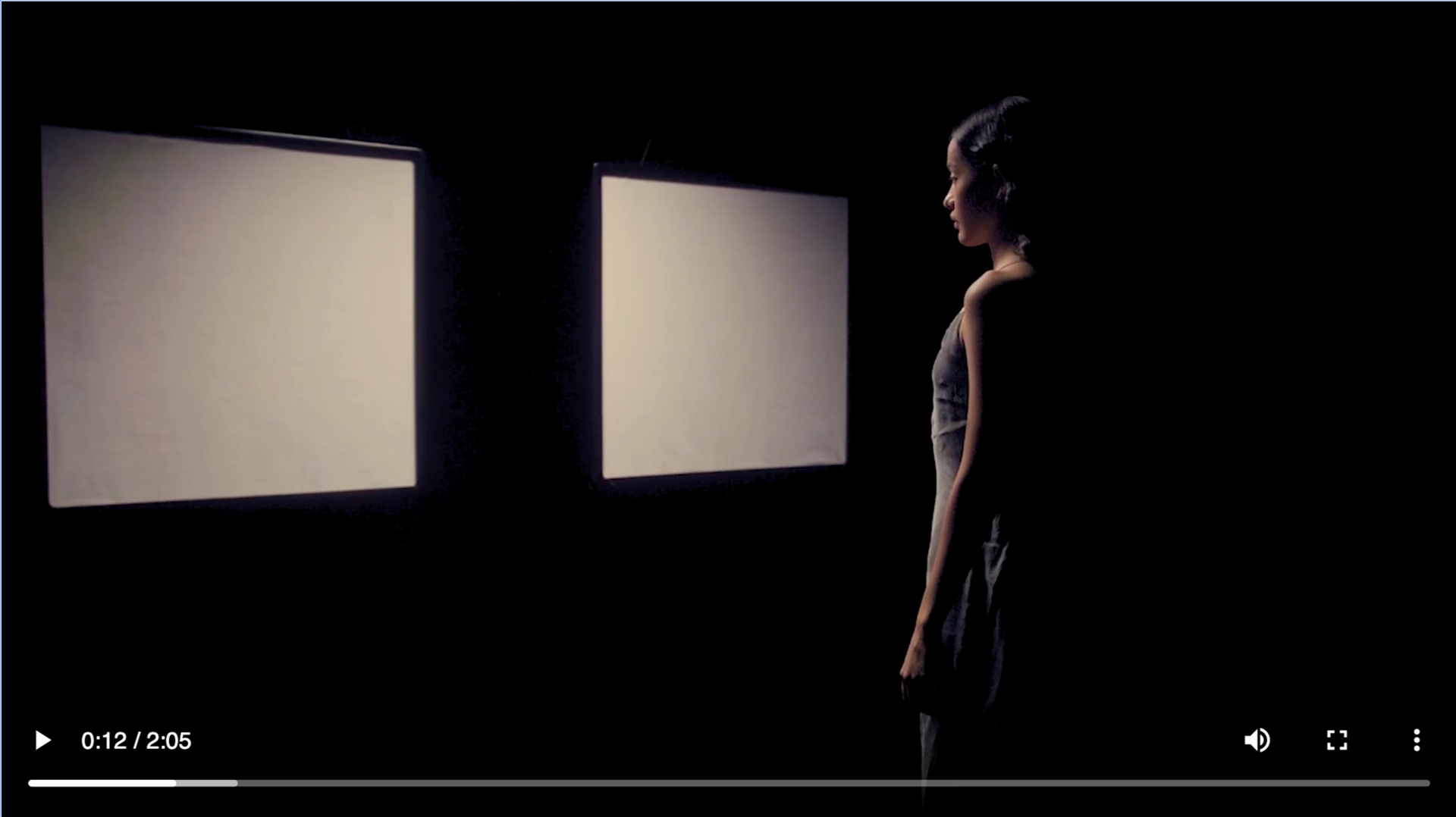
Another Chinese venture postponed until May is Gallery Weekend Beijing, which is preparing for a lack of international visitors by "expanding its digital initiatives, such as a new podcast, live broadcasts and short videos", according to its director Amber Yifei Wang.
However, Wang rejects the idea of entirely replacing physical events with online ones, pointing to an online platform's inability to properly convey newer, non-traditional forms of media such as interactive performances and site-specific projects. “This crisis has served as a catalyst to boost the need for online platforms. However, it does not mean a complete ‘transformation’ of the art world. Most of the industry still follows a more traditional operational model."
And while it is still too early to assess whether this pandemic does in fact mark an inflection point in the art market's relationship to digital technology, it has at least been the final push needed for some to step up their online game.
“Without a doubt, this will be a new normal that we will adjust to. The art world has been lagging behind for too long. Now we have a real sense of urgency that propels us to innovate and improve digitally,” says Rachel Lehmann, the co-founder of Lehmann Maupin gallery, which is in the process of overhauling its current online viewing room to cater to its self-isolated collectors.
Launching next week, the "digital companion" to their forthcoming show Power Wall in Hong Kong will have improved functionality and user experience. The gallery will also soon offer virtual reality walk-throughs of their exhibitions.
“It’s an opportunity to explore, test and tweak a lot of creative ideas that we’ve been incubating but haven’t had the time to implement. Now we have time,” adds David Maupin, also co-founder. "There’s appetite and there’s an audience, and now we have the chance to really activate it.”
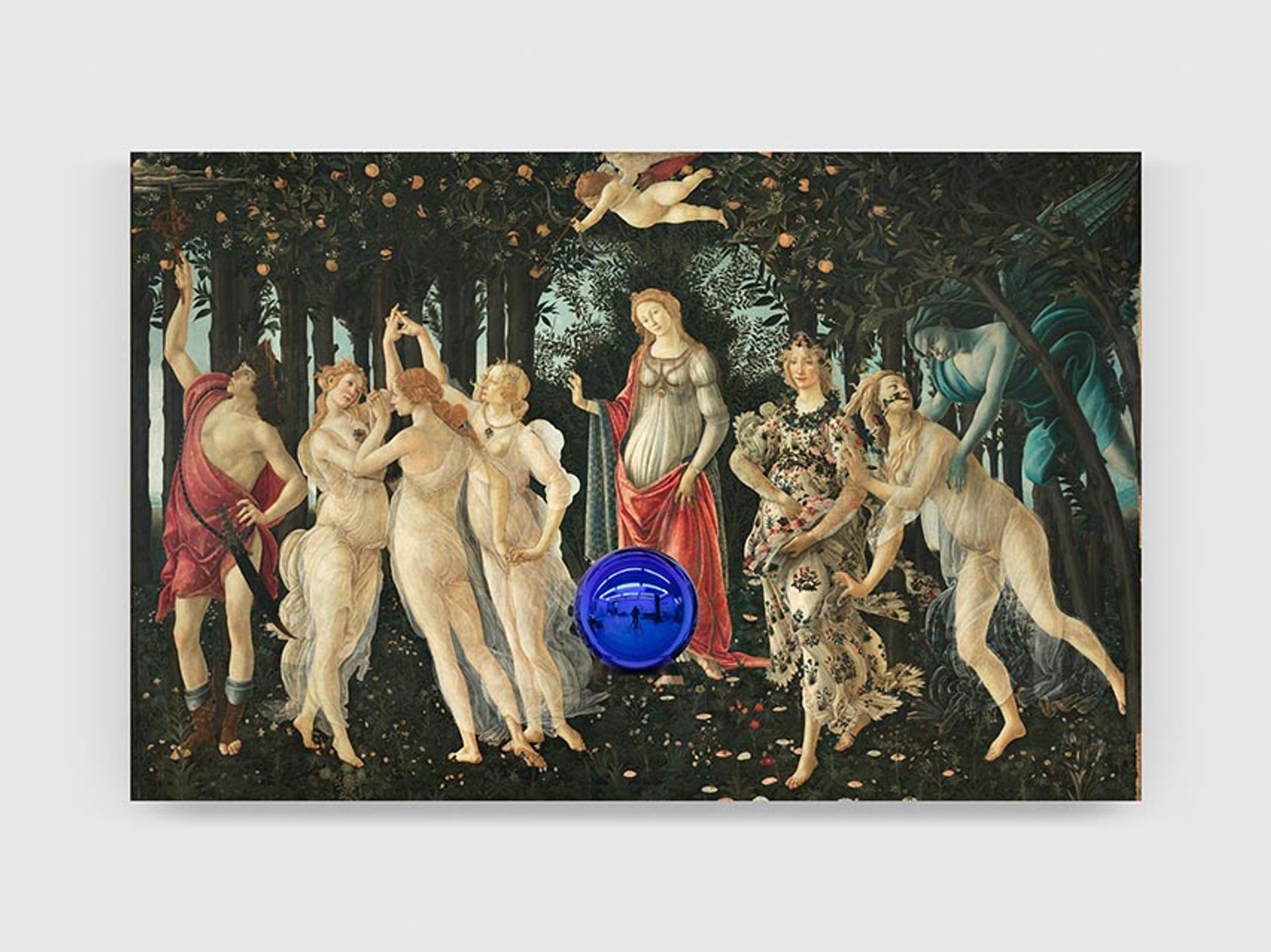
Jeff Koons, Gazing Ball (Botticelli Primavera), (2017–2020) © Jeff Koons.
Fortune favours the brave (and the well-prepared)
For some, Covid-19 has been the perfect opportunity to showcase a business model they have been working on for years. Pioneers of the online viewing room, David Zwirner rolled out its first virtual exhibition in 2017, and now has one of the most sophisticated user experiences in the game, providing a seamless integration between the art and its own scholarship, books, merchandise and in-house podcast Dialogues. As other galleries now play catch-up it seems Zwirner's prescient vision has marked him as a forward-thinking, 21st-century dealer—although few things say "boomer" like being well-prepared for a pandemic.
During Art Basel in Hong Kong the gallery will show On Painting: Art Basel Online, a group show of figurative painting including the debut of a new Botticelli-inspired gazing ball work by Jeff Koons, alongside works by Chris Ofili, Lisa Yuksavage and Marlene Dumas. It is the gallery's most expensive viewing room to date with a total value of more than $16m.
Next month, a viewing room of drawings by Marcel Dzama, who recently decorated David Zwirner's booth at India Art Fair, will go on show.
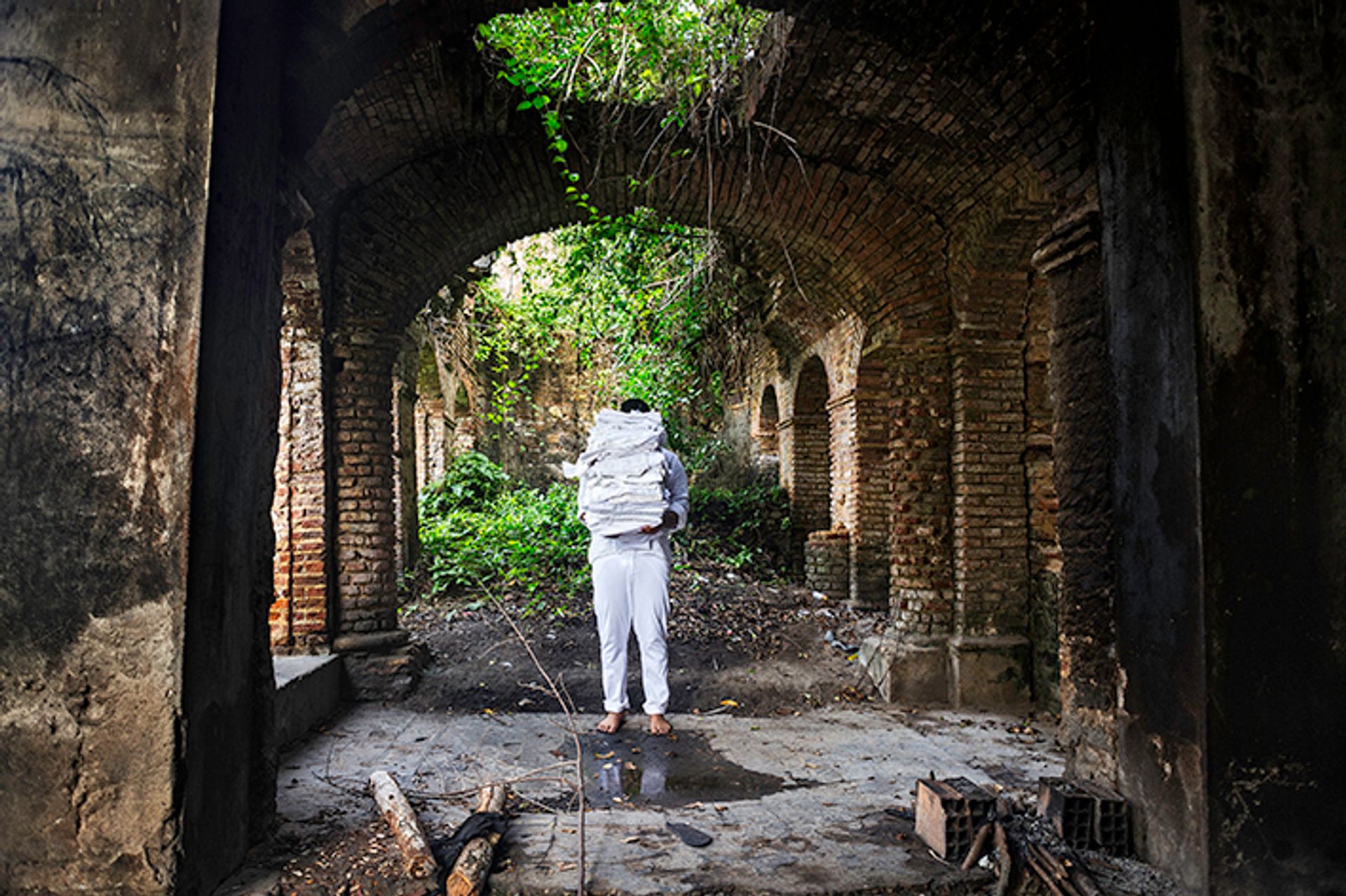
Tiago Sant’Ana, Passar em Branco, (2016) Courtesy of Artist
Healing as an online art form?
While the virtual world certainly offers novel ways to recuperate lost sales opportunities, some commercial ventures are additionally using the medium to tackle social and mental health issues brought on by the crisis. Art Dubai, which cancelled its March fair last month, has since reconfigured its performance programme around the topic of "healing as an online art form". Launching next week, the retitled On(line) will include contributions by performance artists such as Bahar Noorizadeh and Tiago Sant’Ana, and "aims to establish a medicinal space where unexpected relationships can give way for a collective therapy to exist. Something that is becoming incredibly vital as many of us are forced into physical separation”, says the programme's curator Marina Fokidis.
Alongside this, Art Dubai’s will live stream a think-tank on 25 March “dedicated to the stories and narratives shaping the current coronavirus fallout”. It will feature guest-speakers such as the Turner Prize co-winner Lawrence Abu Hamdan.
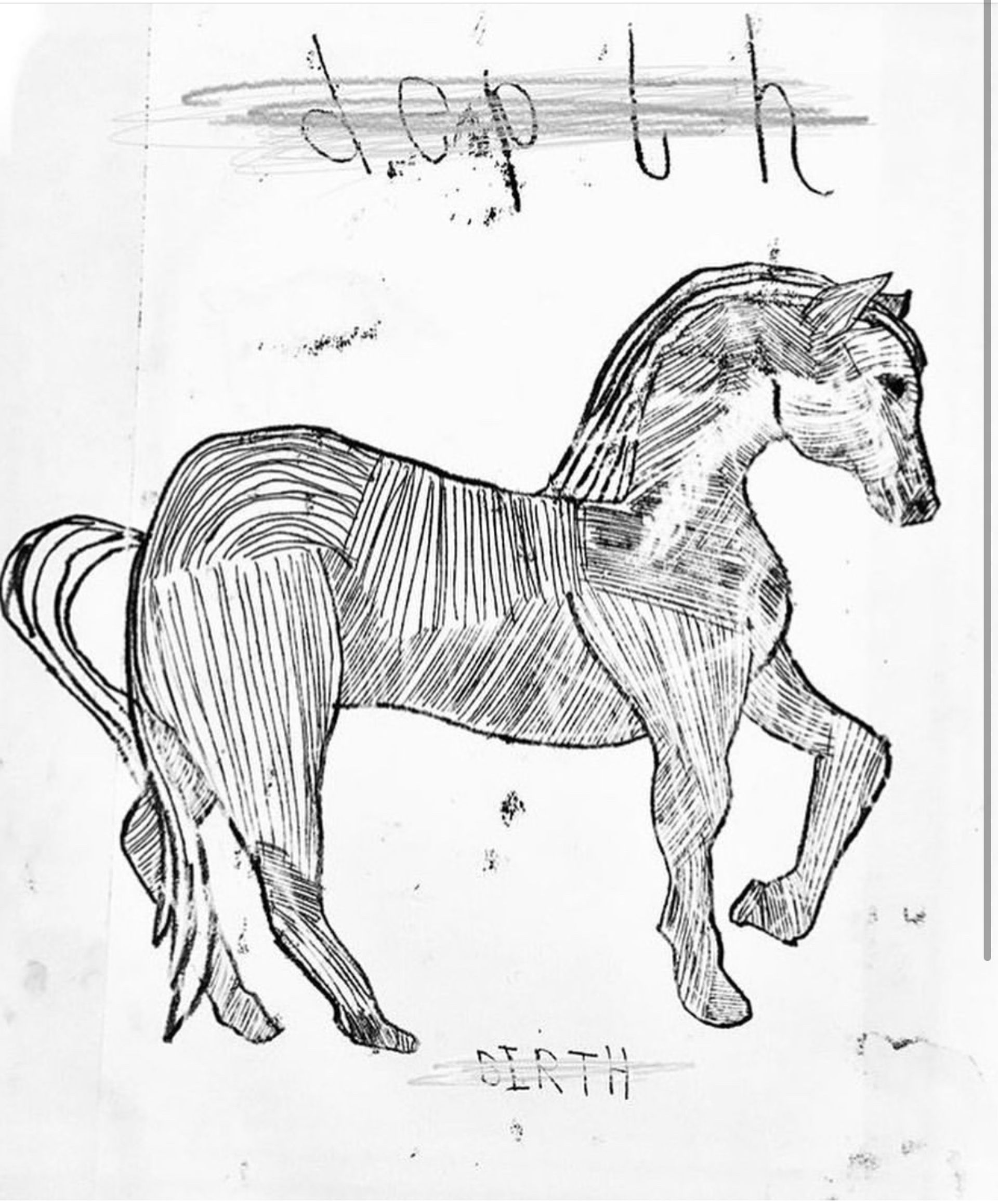
Colden Drystone’s Portrait of a Dream as a Mono-printed Horse (2020), which was sold via Instagram as part of the #ArtistSupportPledge initiative
Innovative ideas for vulnerable artists and galleries
As with every crisis, the ones being hit hardest and fastest by coronavirus panic are those most precarious in society. Looking to help fellow artists weather the storm, Matthew Burrows [@matthewburrowsstudio] is using Instagram, requesting artists to post pictures of their work for sale under £200 using the hashtag #ArtistSupportPledge. Whenever an artist reaches £1,000 of sales, they must then purchase two works from another artist who is using the hashtag. This creates a "small but dynamic market" says Burrows, who completed his pledge by purchasing two works by Colden Drystone. Although still small and a few days-old, the campaign has already attracted supporters such as Liz Gilmore, the director of Hastings Contemporary in East Sussex. "I'm looking to create a culture dependent on the honesty and generosity of our artistic communities at every level”, Burrow adds. Here's hoping this spirit of kindness is as infectious and quickly spreading as Covid-19.
• Find our detailed list of resources addressing the economic impact of Covid-19 on the cultural sector here


